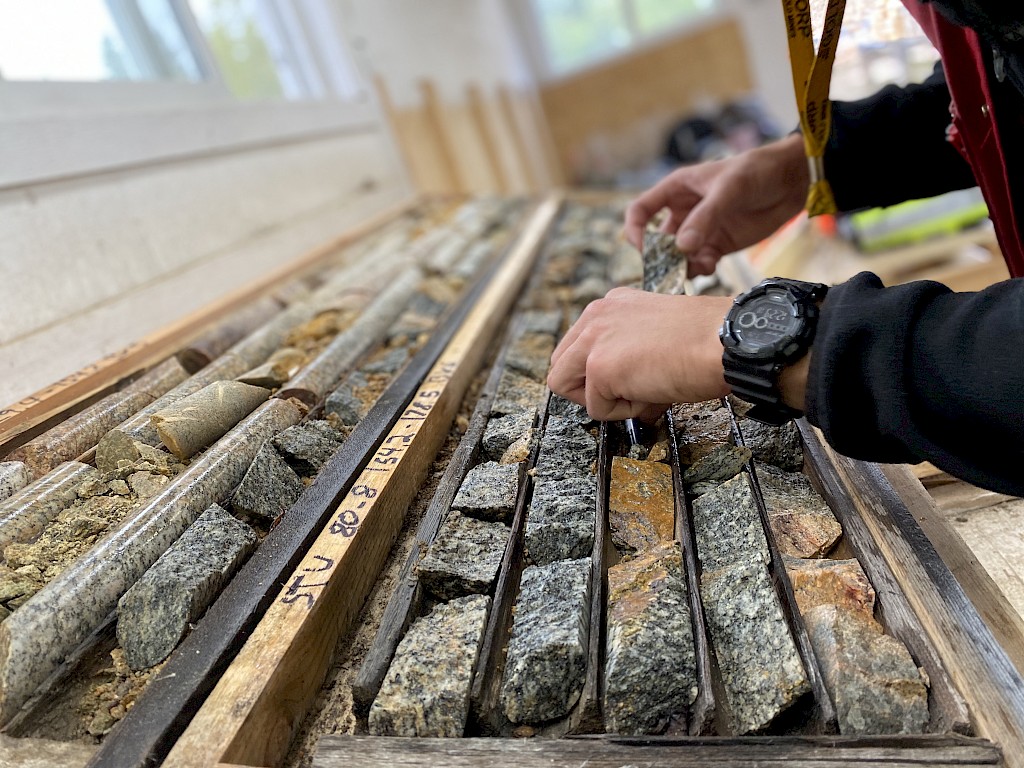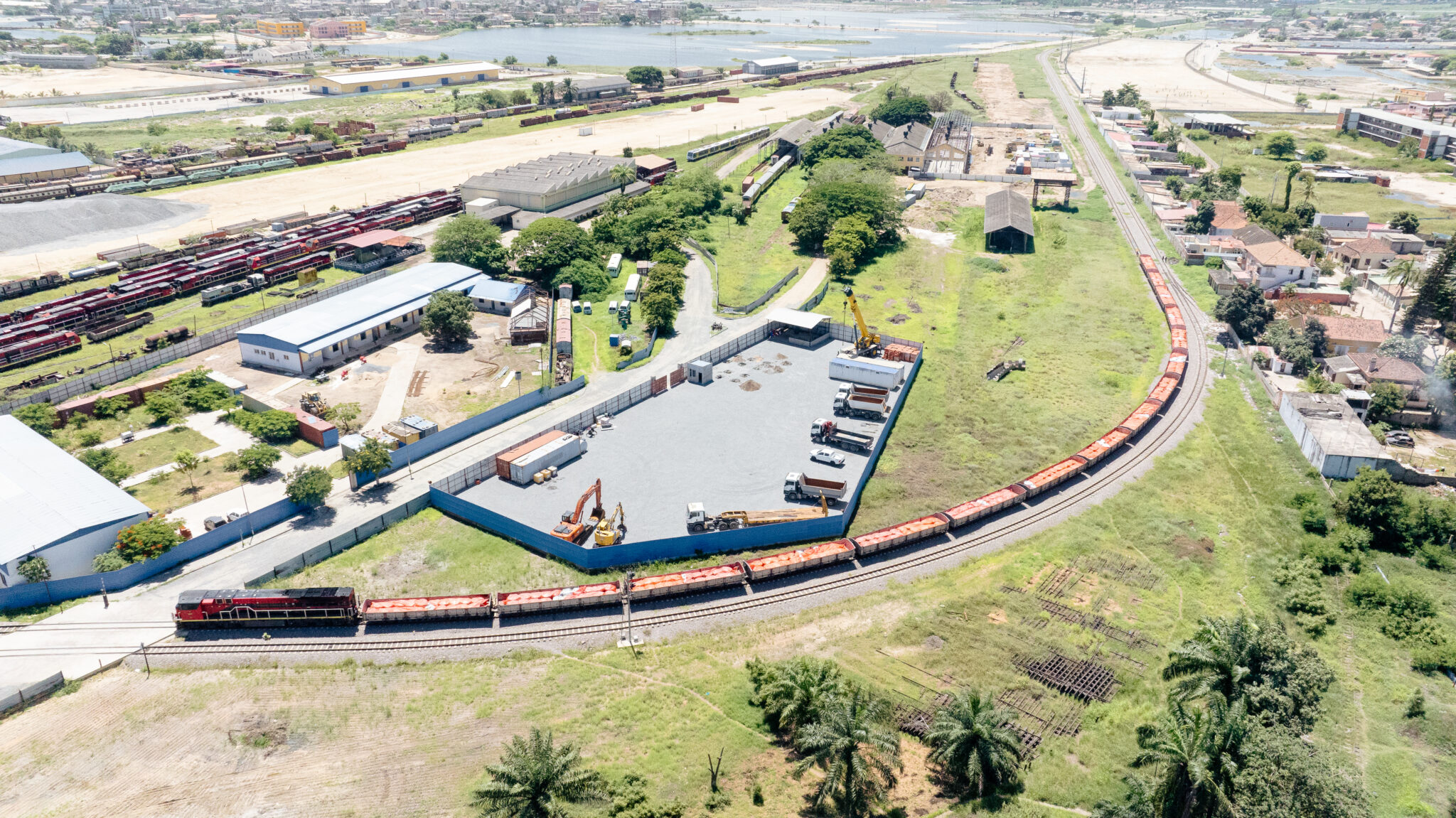Granite Creek seeks copper major for merger with mothballed Minto mine in Yukon

Granite Creek Copper (TSX-V: GCX; US-OTC: GCXXF), part of the Metallic Minerals Group, wants to attract a major company to consolidate a Yukon Territories area into a local copper giant.
Granite’s C$220 million ($162m) Carmacks project, some First Nations property and the past-producing Minto Metals mine would form a 30-year operation able to produce 2 billion lb. copper, according to Granite president and CEO Timothy Johnson. The area is about 280 km by highway south of Dawson City.
“My goal is to attract a larger player to buy Minto out of bankruptcy, consolidate it with us and have us as a developer to de-risk it,” Johnson said in an interview in July in Dawson. “No major wants to come in and deal with the mess that’s there, but they will look for a joint venture partner who has the exploration expertise in the district to turn us into a world class asset.”
Granite Creek is a unit of Metallic Minerals (TSXV: MMG; US-OTC: MMNGF), which is advancing a resource update on the La Plata copper-silver-gold and platinum group elements project in Colorado with the backing of Newcrest (TSX: NCM; ASX: NCM). Metallic Minerals is also developing a placer gold project on Australia Creek in the Klondike with reality TV star Parker Schnabel.
The larger Metallic Group also holds Stillwater Critical Minerals (TSXV: PGE; US-OTC: PGEZF), which is developing the Stillwater West nickel-copper-platinum group elements project in Montana. Glencore (LSE: GLEN) bought 10% of Stillwater in June.

The Yukon government appointed PricewaterhouseCoopers last month as receiver and manager of Minto’s C$76 million in assets and C$70 million in debts. The mine stopped operations and trading on the TSXV in May.
Japan’s Sumitomo Metal Mining started bankruptcy proceedings against Minto to get back C$39 million of copper concentrate, still on the site, it owns as part of an off-take agreement, Johnson said. Minto management fled the country to avoid bankruptcy proceedings, he said, adding that the mine failed because of high costs from running its mill at less than capacity.
Carmacks holds 36.2 million measured and indicated tonnes grading 1.1% copper equivalent for a total of 651 million lb. copper, and an additional 38 million lb. inferred copper at a 0.3% cutoff grade, according to a preliminary economic assessment (PEA) released in January. Minto holds about 500 million lb. copper and the mill vital to the consolidation plan, while the wider area including the First Nations land could hold about 1 billion lb. more, Johnson said.
However, the First Nations concept is in its infancy, there are no concrete offers so far from majors about the consolidation plan and it’s unclear how long it will take to sort out the Minto mine bankruptcy. Carmacks is on a road that would need upgrading about 40 km south of Minto, 60 km from the highway and about 12 km from power lines, the CEO said. Minto is on the Yukon leg of the Alaska Highway about 280 km south of Dawson City.
Drilling starts
The Carmacks project is starting to drill 1,800 metres this month on two geophysical targets with the same signature as the known mineralized ore body to expand the proposed nine-year mine life, Johnson said.
The project, with an after-tax net present value of C$330 million at a 5% discount rate with 38% internal rate of return in the PEA, was spun out and Western Copper and Gold (TSX: WRN; NYSE-AM: WRN) and merged with Granite Creek in 2020. The project had been taken to a feasibility study in 2007, but was denied approval because First Nations’ groups disliked the proposed heap leach operation, Johnson said.
Instead, Granite Creek is opting for a flotation system that would generate around 40% recovery from oxide ore in the first couple of years then 94% recovery form the sulphide. The deposit is split equally in oxide and sulphide ore, but Granite Creek is looking at processes to boost the oxide recovery to more than 60%.
“We proposed a simplified flow sheet where we would float everything oxide and sulphide knowing that we would get poor recovery from the oxide, but we see the potential here is in the sulphide anyways,” Johnson said. “As your tailings are coming out of the mill, they go into a second vessel for leaching, and then that gets pumped back into the system.”
{{ commodity.name }}
{{ post.title }}
{{ post.date }}

Comments